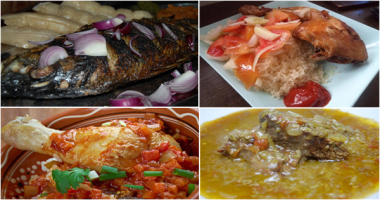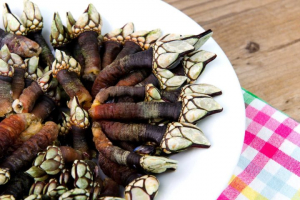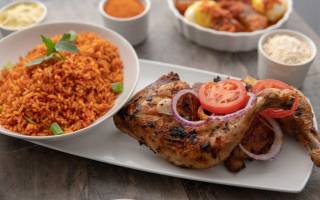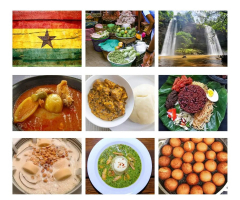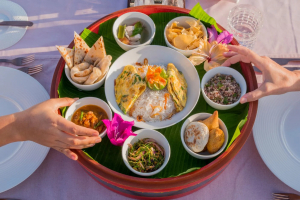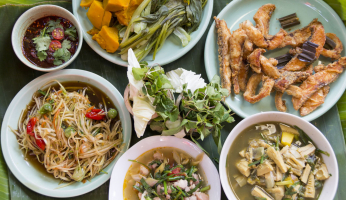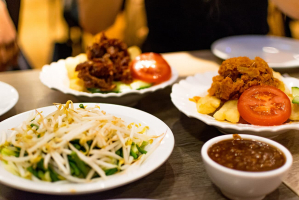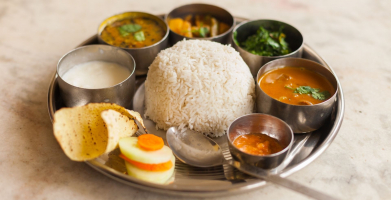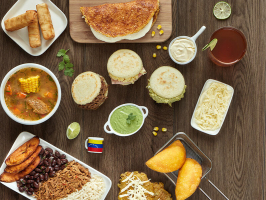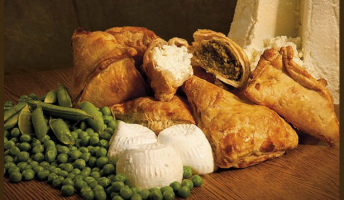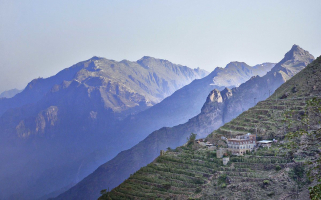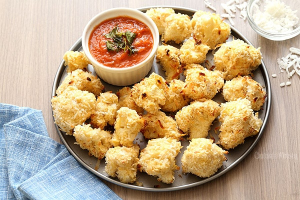Top 8 Yemen's Speciality Foods
Yemen, a country in the Arabian Peninsula, is known as the Republic of Yemen. It is a relatively vast and attractive nation with a rich cultural and ... read more...gastronomic tradition. Many of its most famous recipes are shared with other Arab nations, but usually with a Yemeni touch. Maraq, a delectable stewed lamb meal, Matfaiya, which comprises of pieces of scrumptious Kingfish, and the crispy Malawah bread packed with butter are among the Halal specialties. Check out this great list of Yemeni traditional foods and try them out at home or on your next vacation to Yemen.
-
Maraq is a Yemeni stewed lamb with a strong taste and thick liquid. It's a very spicy recipe, but feel free to reduce or increase the quantity of spices to suit your tastes. A leg of lamb, bay leaf, cardamom pods, cinnamon, cumin, coriander, chopped onion, green chile, pounded black pepper, minced garlic cloves, oil, salt, white flour, and water are the main components in Marag. To tenderize the beef, use a pressure cooker, and prepare the broth in a separate pot. Before serving, make sure you've removed all of the entire spices and squeezed a lemon for extra taste.
The stock may also be used to make a variety of different foods, such as salta, a stew that is also Yemen's national cuisine. Maraq is also a natural medicine for those who are ill, and it is frequently administered to women who have recently given birth in order to strengthen them. Traditionally, the soup is served with fresh slices of lemon, which should be squeezed into it for added taste.
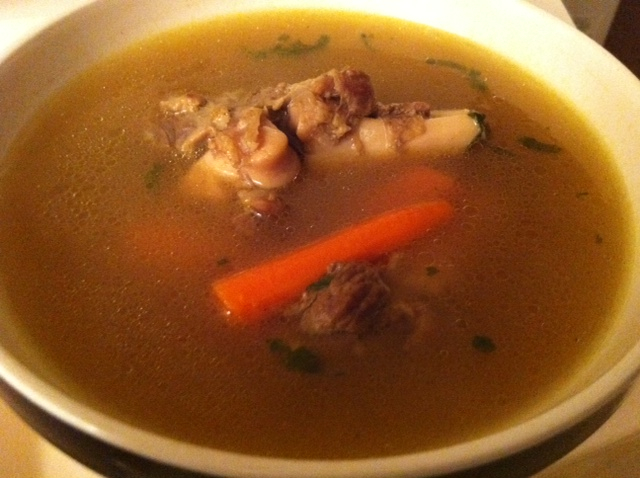
Source: A Yemeniyah's Recipes Source: Sonya's Prep -
Yemeni stew is known as fahsa. It's cooked using lamb cutlets and broth. After cooking, spices and hilbah (a fenugreek dip) are added. Fahsa is primarily a lamb stew that is cooked with spices in a large vat before being completed in a super-heated stone pot. The secret ingredient is fenugreek, a stalky plant that has become popular among nursing women due to reports that it improves breast milk production. Fahsa is completed with an airy green sauce, a frothy leek-cilantro mixture—an old forerunner to the "culinary foams" churned up by Ferran Adria and others.
The origin of this dish is unknown. It's as if the dish's origins were extinguished. The meal, on the other hand, has been a part of Yemeni cuisine for far longer than you've been alive...hundreds (or even thousands) of years. It's a close cousin of Yemen's national dish, saltah. Fahsa's origins are sometimes tied to Saltah's. Saltah is claimed to be of Turkish descent. Fahsa is a midday staple, although it may also be eaten at other times of the day. The meal has a great salty and sweetness balance. Both recipes are served family-style and can be enjoyed with bread. The bread functions as a scooping instrument. As a result, don't be shocked if you see someone scooping up the stew with bread. It's perfectly natural.
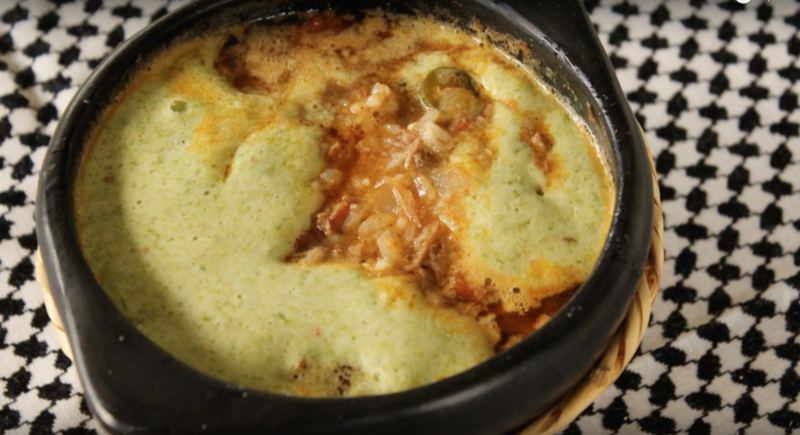
Source: Sheba Yemeni Food Source: Sheba Yemeni Food -
Mandi is a traditional Yemeni cuisine that originated in Hadhramaut. It is made with rice and camel, chicken, goat, or lamb. The meat is often cooked in a Tandoor, which is a dug-up hole in the ground that is covered with clay. Basmati rice, Hawaij ground spices, peanuts, pine nuts, and raisins are just a few of the things you'll need to make this recipe. The Basmati rice should be placed at the bottom of the Tandoor, with the meat hanging above it.
Mandi is Yemen's national cuisine, originally from Hadhramaut area, and consists of lamb or chicken meat, aromatic basmati rice, and a variety of spices. To accentuate the tastes, if lamb is included in the recipe, it should be tiny and as young as possible. To create Mandi, the meat is cooked in a tandoor, which is a specifically built hole in the ground coated with clay and charcoal that acts as an oven for the hung meat above it. It is then sealed, and no smoke is let to escape since it flavored the meat instead. When the meat is soft and juicy, it's served with rice and sides like salads, yogurt, and spicy tomato chutneys. Mandi is a popular dish in Yemen and the rest of the Arabian Peninsula, and it is frequently served during special occasions such as feasts and weddings.
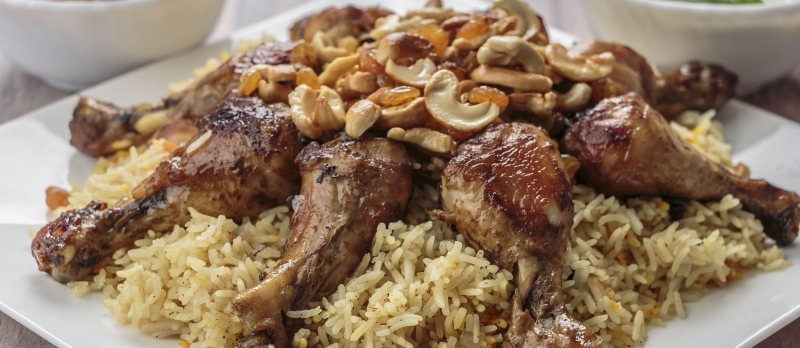
Source: TasteAtlas Source: We Heart Cooking -
Zurbian served on special occasions elicits strong feelings. The aroma, flavor, and look bring you back to family reunions and joyful parties. They bring back memories of happy times and key individuals. Zurbian is a fragrant meat and rice dish that evokes strong emotions among Yemenis. Cooking meat, rice, and spices together is an ancient concept. Many civilizations throughout the world have created their own variants of this popular meal. Paella in Spain, pilau in South Asia, and biryani in India and the Middle East are all meat-and-rice meals with distinct regional flavors. Zurbian is a Yemeni spin on this dish.
Zurbian, with its excellent flavor and vivid yellow hue, is frequently cooked for special occasions. This dish is frequently served at weddings and religious events. Aside from being delicious, zurbian is simple to prepare, and the recipe may be readily adjusted up or down for different sized gatherings. This traditional Yemeni meal is made by cooking meat, generally lamb, in a tomato, yogurt, and spice sauce. On top of the meat is a bed of rice. The meal's beautiful yellow hue comes from saffron water poured over the rice, and its appealing perfume comes from cardamom, turmeric, coriander, cilantro, and cinnamon.
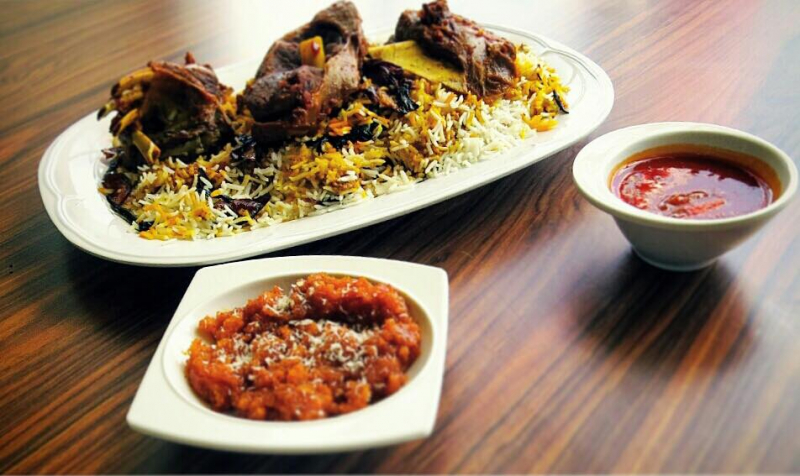
Source: facebook Source: Food Drive -
Mashwi, which means "grilled or roasted," refers to a whole fish that has been barbecued in the oven and is served simply with lemon slices.
Mashwi is a famous grilled fish dish in both Yemen and Egypt. At least two entire fish, ideally red snapper or sea bass, plus a grilling basket large enough to hold them are required. Then add black pepper, bouillon cube, chili pepper, cumin, garlic, lemon, lime juice, olive oil, oregano, parsley, rosemary, salt, Semolina flour, scallion, thyme, unsalted butter, and white wine. Before grilling the fish, marinade it with the majority of these ingredients overnight in the refrigerator. To prepare the lime and wine sauce for the Mashwi meal, combine the black pepper, bouillon cube, garlic, lime juice, unsalted butter, salt, and white wine.
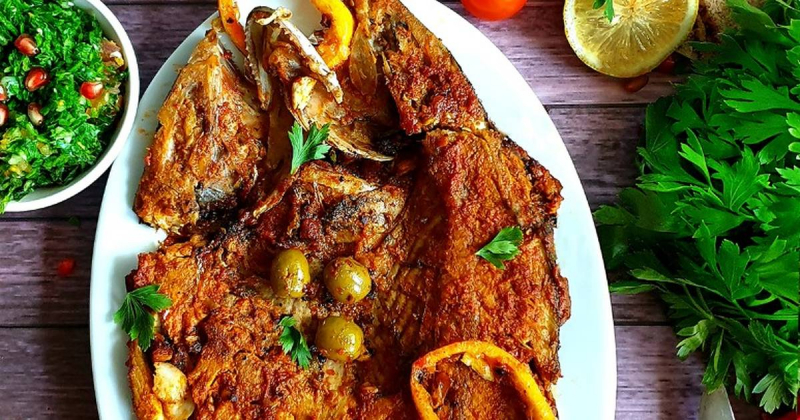
Source: cookpad.com Source: cookbites -
Khubz mulawah, also known as mulawah or rashush, is a Yemeni flatbread cooked in a traditional tannur in Yemeni cuisine. Yemenite Jews introduced a similar bread, malawach, to Israel. On weekends, mulawah is commonly eaten for breakfast with ghee and honey.
Malawah is one of numerous types of bread consumed in Yemen. It is distinct in that it is stacked and folded with butter or ghee within, which makes it extremely delectable. This bread is most likely to be found at the various restaurants in Sanaa, Aden, Hodeidah, and other regions of the country. It is also commonly served in a single or malawah double dish and is folded on the table to protect it from cooling and becoming too crispy.
This style of bread is virtually solely available in restaurants and is seldom cooked at home. It has a semi-crispy crust and is stacked and filled with butter. It should ideally be served hot and folded over on a regular basis to prevent it from chilling too rapidly.
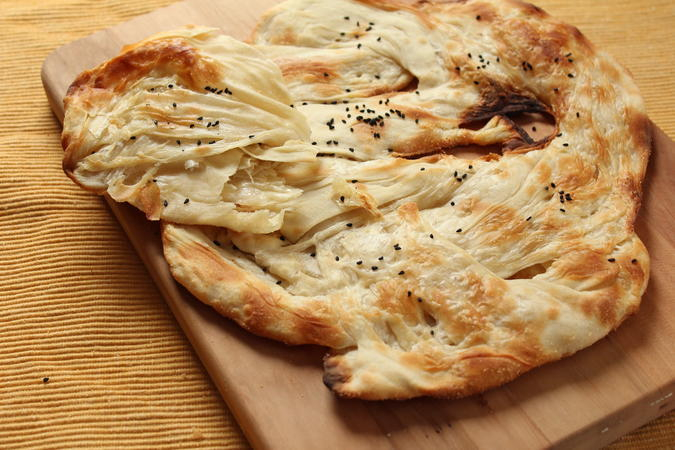
Source: shebayemenifood.com Source: skeezza -
Masoub is a Yemeni dessert that is widely consumed throughout the Arabian Peninsula. The dish is made out of mashed bananas and bread that are generally supplemented with butter, cream, spices, honey, and dates. Masoub is generally served on big platters and is designed to be shared as a meal. It is frequently served as a morning meal and is generally topped with cream, condensed milk, almonds, or honey.
Masoub is an excellent choice if you want to mix sweet and salty ingredients. Furthermore, because it's a fruity meal, you'll need to find the freshest fruit possible before making it. Almonds, flatbreads, golden raisins, honey, ripe bananas, shredded cheddar, and whipped cream are all required components. The bananas must then be mashed by hand, and the flatbreads must be ground with a grinder or mixer. Finally, combine equal quantities of the banana and flatbread mixes, followed by the other ingredients.
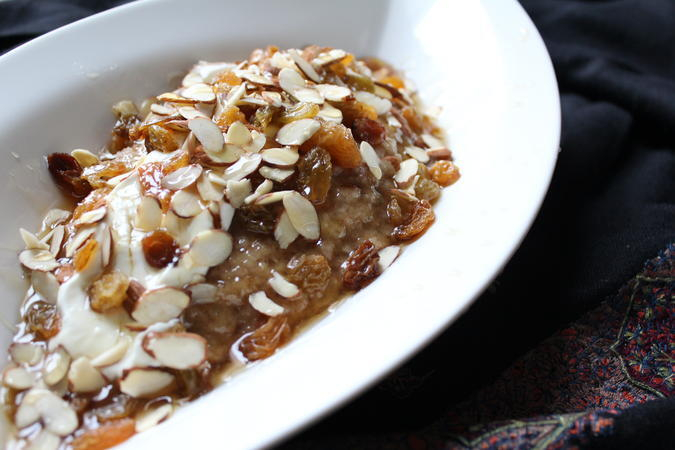
Source: Sheba Yemeni Food Source: Sheba Yemeni Food -
Al Thareed is a classic Middle Eastern dish. Thareed can be made using lamb, chicken, or just veggies. Thareed is a delicious lamb and vegetable stew served on top of regag, which is a wafer-thin bread. While lamb is preferred, you may also create Thareed using chicken if you like. The following items will be required: lamb shoulder or chicken, bay leaves, black pepper, Canola oil, carrots, cardamom, cloves, cumin, flatbread, ginger, potatoes, salt, tomatoes, yellow onion, and zucchini. The lamb should then be seasoned and cooked in a hot oven until both sides are brown. You'll have to add the other components at regular intervals throughout time.
The Thareed is a loose stew cooked with any type of meat, generally mutton, and heaps of vegetables, particularly anything from the gourd family, such as squash, pumpkin, bottlegourd, and so on. It is served on top of "Regaag," a native thin bread. The regaag absorbs all of the liquid in the stew, leaving a mound of veggies and meat on top. This meal is typically eaten during Ramadan and, unlike Harees, luqeimat, and even Majboos, is not widely accessible in local retailers. However, there is a store in Masafi that sells such delicious Thareed that they open at 4 p.m. on weekends and close within an hour. The portion is enormous and can be divided by at least two 4-5 people.
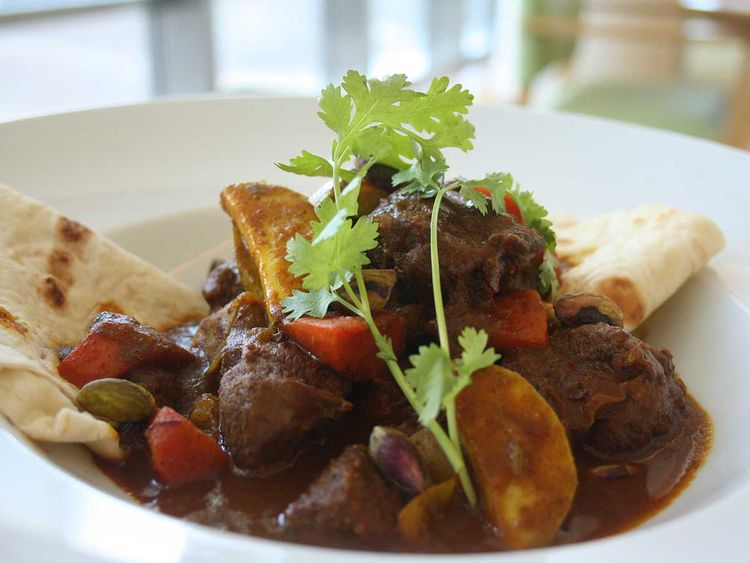
Source: Gulf News Source: Cook With Fem










